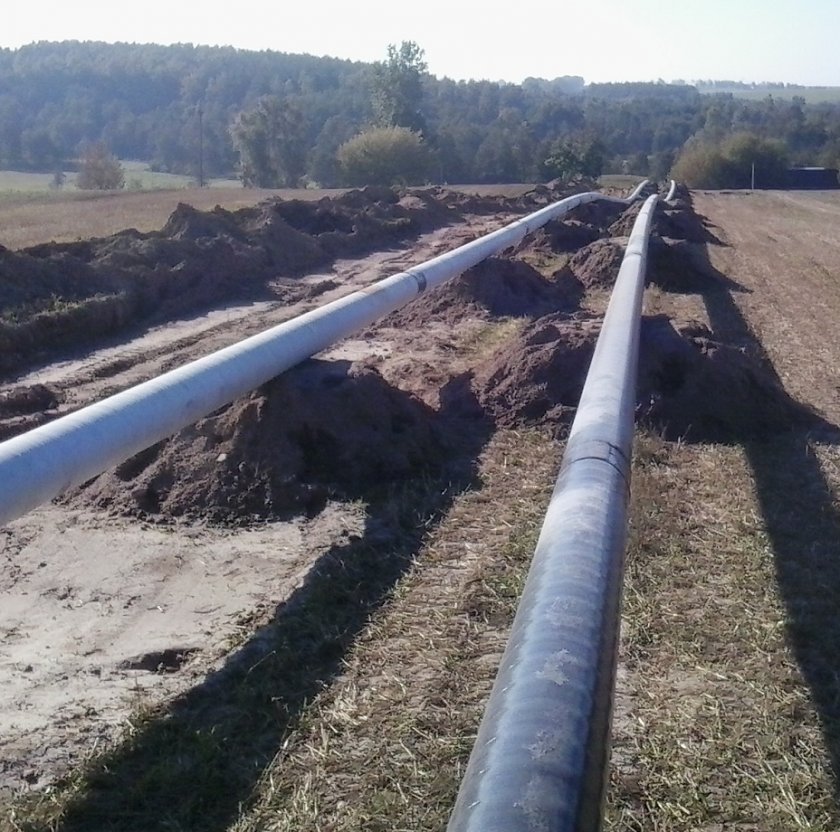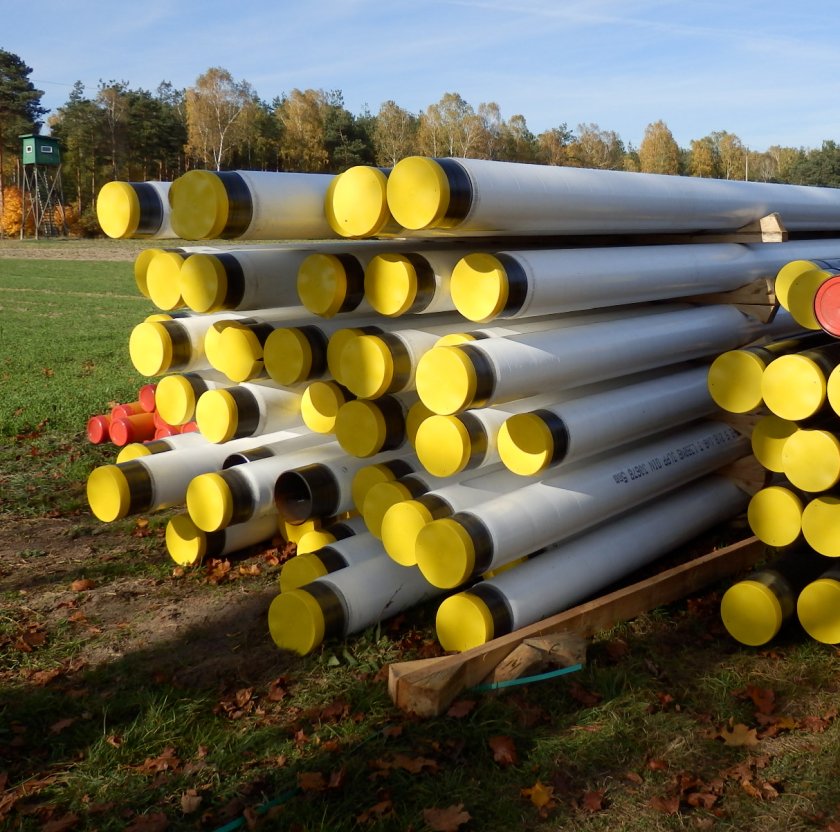Listen to what the gas pipeline says
 Fot.
Fot.
Acoustic emission testing is an NDT (non-destructive test) used for the evaluation of the technical condition of structures. It is based on an analysis of sound signals (in the form of elastic waves) generated by failure processes (like propagation of cracks, corrosion, or plastic strain) in progress within the material of the tested structure.
These sound signals are like the creaking of timber beams exposed to excessive loads. This “talking” of timber has been used for centuries as an early warning system in underground mines to detect excessive earth movements. It is also passive: it does not deliver any input to the monitored object, it can only respond to signals emitted by the monitored object.
The output is detected by piezoelectric sensors attached by magnetic force to the surface of the monitored object. The output of the piezoelectric sensors is processed with dedicated hardware and software (by amplification and filtering to remove the background emissions generated by, e.g. the operation of equipment, the flow of liquids or gases, or road traffic). Once processed, the outputs are analysed by qualified testing personnel.
The output is detected by piezoelectric sensors attached by magnetic force to the surface of the monitored object. The output of the piezoelectric sensors is processed with dedicated hardware and software (by amplification and filtering to remove the background emissions generated by, e.g. the operation of equipment, the flow of liquids or gases, or road traffic). Once processed, the outputs are analysed by qualified testing personnel.
Sound waves propagate from their source with identical velocity in all directions within the medium. Detection of the sound waves with sensors installed in several locations (at least two on a gas pipeline) helps locate defects with an accuracy down to several centimetres.
An experienced operator can analyse the detected sound signals (by their frequency and amplitude variation) to estimate the type and criticality of the identified failure effects.
Acoustic emission testing requires no destructive tampering with the monitored objects. It can be performed under normal operating conditions, with the monitored objects running at load, and precisely identify the location of detected defects. Acoustic emission tests can cover an entire structure, not just its components.
An experienced operator can analyse the detected sound signals (by their frequency and amplitude variation) to estimate the type and criticality of the identified failure effects.
Acoustic emission testing requires no destructive tampering with the monitored objects. It can be performed under normal operating conditions, with the monitored objects running at load, and precisely identify the location of detected defects. Acoustic emission tests can cover an entire structure, not just its components.
A drawback of traditional acoustic emission tests (with the methods defined in PN-EN and ISO standards*) in gas pipelines is their limited spatial range (because of strong attenuation of the sound signals by gas pipeline insulation and the soil). This requires the installation of the sound sensors every several dozen metres of pipeline length (and uncovering the buried gas pipeline). The operating pressure of the gas pipeline must be increased (and this is not always possible to do) to amplify the failure processes within the monitored material.
There is research underway to develop the acoustic emission test method (and mainly the testing hardware and analytical software) and enable the identification of underground gas pipeline failure processes without increasing the pipeline operating pressure, while improving the spatial range of the test.
There is research underway to develop the acoustic emission test method (and mainly the testing hardware and analytical software) and enable the identification of underground gas pipeline failure processes without increasing the pipeline operating pressure, while improving the spatial range of the test.
* PN-EN ISO 9712:2012, Non-destructive testing. Qualification and certification of NDT personnel
PN-EN 1330-9:2009, Non-destructive testing. Terminology
PN-EN 13554:2011, Non-destructive testing. Acoustic emission testing. General principles
Sources:
[1] Vallen Systeme GmbH „AMSY-6 System Description”, kwiecień 2017 r.
[2] Sprawozdanie z badania metoda emisji akustycznej urządzenia technicznego – podziemny stalowy rurociąg przesyłowy gazu [metan - CH4], Kociołki k. Kozienic, czerwiec 2019 r.
PN-EN 1330-9:2009, Non-destructive testing. Terminology
PN-EN 13554:2011, Non-destructive testing. Acoustic emission testing. General principles
Sources:
[1] Vallen Systeme GmbH „AMSY-6 System Description”, kwiecień 2017 r.
[2] Sprawozdanie z badania metoda emisji akustycznej urządzenia technicznego – podziemny stalowy rurociąg przesyłowy gazu [metan - CH4], Kociołki k. Kozienic, czerwiec 2019 r.


